It is important to make sure your pet is protected against ticks, heartworm, fleas and intestinal parasites. We know that ticks become active whenever temperatures reach 4 degrees Celsius or above. As our weather changes rapidly and can be unpredictable, we are recommending year-round tick prevention to protect your pet from diseases transmitted by ticks.
Ticks and Lyme disease are now established in the Ottawa area, with recent studies showing that 1 in 3 ticks in this area are carrying the bacteria that can cause Lyme disease. In addition, ticks in this area have also been found to carry similar bacteria that cause a disease called Anaplasmosis.
Any dog that spends time outside is at risk of picking up ticks, contracting mosquito bites, or coming in contact with material that exposes them to intestinal parasites. Mosquitoes are the main carriers of heartworm, and intestinal parasites can be found on the ground anywhere that another animal has defecated. Many of our clients have found ticks on their dogs, even though they haven’t left the backyard. Of course, dogs which are spending more time in forested areas, long grasses or wilderness are at even greater risk for contracting ticks.
We recommend annual screening for your pet to test for exposure to diseases carried by ticks and mosquitoes, such as Lyme disease, Anaplasmosis, Ehrlichiosis and heartworm disease. This is a simple blood test that only takes a few minutes to collect and results are available within 24 hours. We recommend testing annually as we have had many cases of dogs testing positive for Lyme disease, with several becoming symptomatic. Because the bacteria that cause the disease can stay in your pet’s system for several years, annual testing helps us identify whether or not a Lyme positive is a recent infection, or an old infection that has been there for a while. If your pet tests negative, it is important to test every year so we do not miss a new infection.
We recommend your pet be on tick prevention year-round, but annual testing is still important as none of the preventative medications can guarantee 100% protection. Products available for parasite prevention include oral or topical, monthly or every-3-month dosing, products for specific parasites or all-new comprehensive products that combines heartworm, tick, flea and intestinal parasite prevention in one monthly dose.
Please call us today at 613-271-8387 to book your pet’s annual screening test and discuss product options that are right for you and your pet.
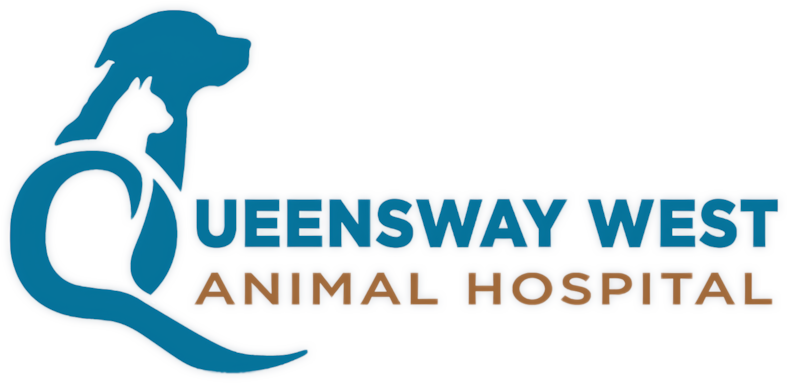




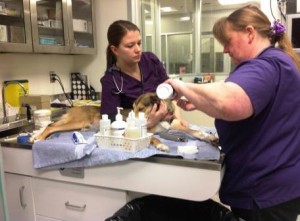
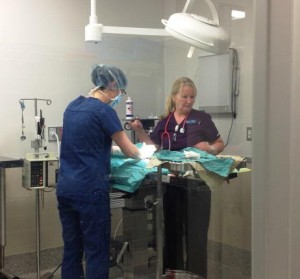
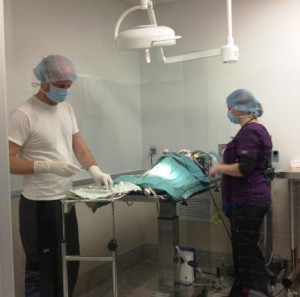
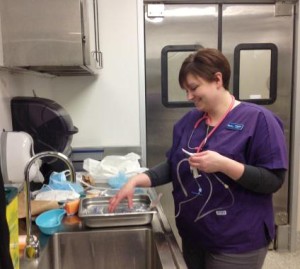
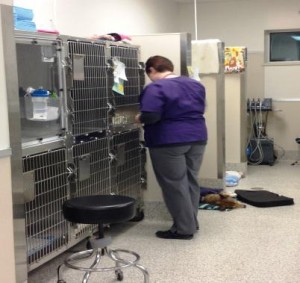


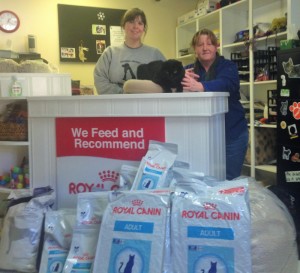 We invited people to like our page, and in return for each “Like” received we promised to donate 1 pound of pet food to one of two charities: the Arnprior Humane Society and the Ottawa Food Bank. This resulted in us providing 100 pounds of much-needed food to each location! At the same time, we held a raffle for two Christmas pet-themed gift baskets with proceeds going to the Ottawa Humane Society. We like to spread the love around!
We invited people to like our page, and in return for each “Like” received we promised to donate 1 pound of pet food to one of two charities: the Arnprior Humane Society and the Ottawa Food Bank. This resulted in us providing 100 pounds of much-needed food to each location! At the same time, we held a raffle for two Christmas pet-themed gift baskets with proceeds going to the Ottawa Humane Society. We like to spread the love around!